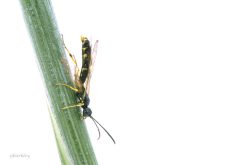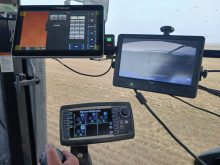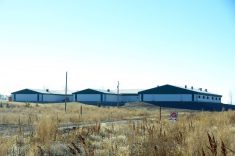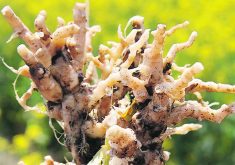Originating from the cattle ranches of the American West, the sport of cutting tests a rider’s skill at separating a single cow from the herd emulating the working cowboy’s job to separate cattle for vaccinating, doctoring and shipping. Eventually competitions arose between the best cutting horses and riders in the area. In 1946 the National Cutting Horse Association (NCHA) was formed.
Any breed of horse is allowed to compete in cutting, but to be successful at a higher level horses need a certain genetic make-up which gives them the natural desire, conformation and instinct to work cattle. Certain lines of the American Quarter Horse are most commonly found in cutting, but you will occasionally find other stock breeds including Paints and Appaloosas. A cutting horse is like a Border Collie – they come with natural abilities that make working cattle easy, and then they require training to understand the details of their job.
Read Also
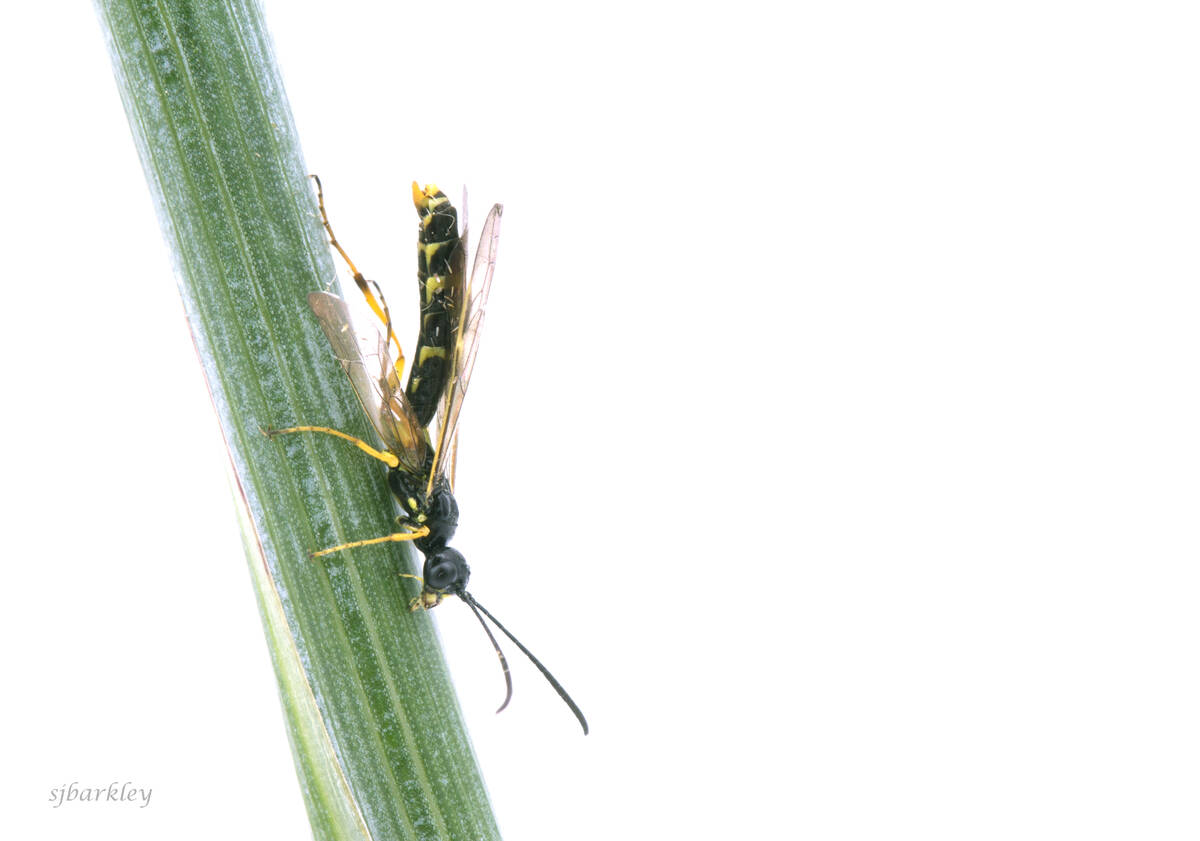
Wheat stem sawfly decreased across the province
Wheat stem fly damage in Alberta was down in 2025, and the outlook for 2026 looks similar.
In a cutting competition the horse and rider work in a small group of steers and heifers. The rider selects a specific cow of his choice and guides the horse so the cow is moved slightly away from the rest. The rider then “puts his hand down,” in other words, loosens the reins, and leaves it entirely to the horse to keep the cow separated. A cow’s instinct is to return to the safety of the herd, and competes with the cutting horse’s instinct to keep the cow separated. A good cutting horse must be able to pivot, spin, gallop and roll-back instantly to mirror the cow and keep him from the group, all without the rider’s guidance. A contestant has two and a half minutes to show the horse, working two to three cows.
Christine Sowiak, committee member for the Calgary Stampede Cutting Horse Competition explains it’s part of a circuit called the Mercuria / NCHA World Series of Cutting. “This circuit features the best of the best in mature cutting horses,” she says. “We have competitors that come from all across Canada, the United States and even Europe.”
She’s especially pleased at the high quality of local Albertan cutting trainers and competitors. “Alberta cutters have been very successful all across North America,” Christine says. “Being able to compete in Calgary gives them a chance to play on the world stage while staying close to home.” Entry fees for the competition are $1,000 with prize money totalling over $50,000.
Dustin Gonnet of Cayley, AB (near Nanton) is a professional cutting trainer who plans to compete with two horses at the 2011 Calgary Stampede. “CD Graceful Dual is an eight-year-old AQHA gelding that’s won over $180,000 in cutting through the years,” Justin says. “And Christinas Blue is a seven-year-old blue roan AQHA mare. Both horses are broke and experienced – my main job is to keep them in shape and sound.”
Dustin grew up on horseback, checking community pastures and working cattle as a youngster. He’s been involved with cutting horses for ten years after apprenticing under a local cutting trainer. “I really admire horsemen like Buster Welsh who helped start the sport of cutting,” Dustin says. “Those first horses could do a real day’s work. They weren’t only used for cutting, they also were used for cowboying and roping.”
Over the years, Dustin has slowly expanded the way he works and uses his cutting horses as well. “When you ride a horse like the eight-year-old gelding I have, you can’t train on him every day. If he doesn’t know how to cut a horse at his age, then he’s hooped!” he laughs. “So frequently I lope him across the field, and give him other things to think about.” Dustin even uses some of his cutting horses to rope yearlings, or to gather cattle. He thinks this makes them better horses, and even better show horses.
“Cutting is a thrilling sport to watch when you understand how the horses are working off natural instinct,” Dustin says. “Most people don’t realize how unique it is to have a horse with these abilities. The bloodlines have been developed so that you can work these cattle without using your hands. It does take a lot of training to create a cutting horse, but let me tell you, if that horse doesn’t want to cut a cow, you sure as heck can’t make him do it!” .


